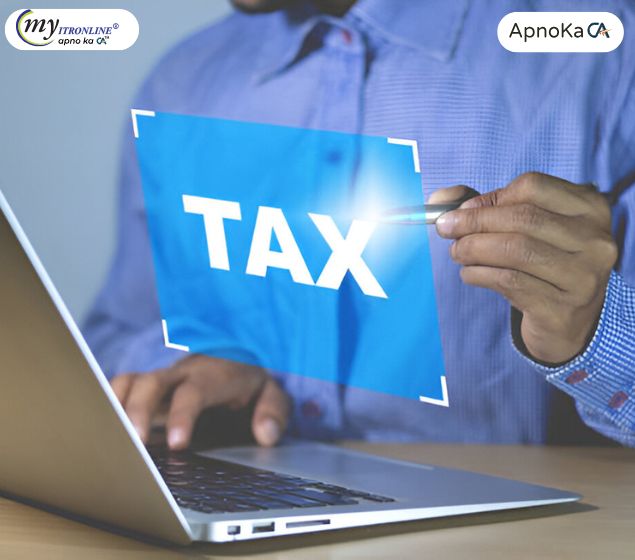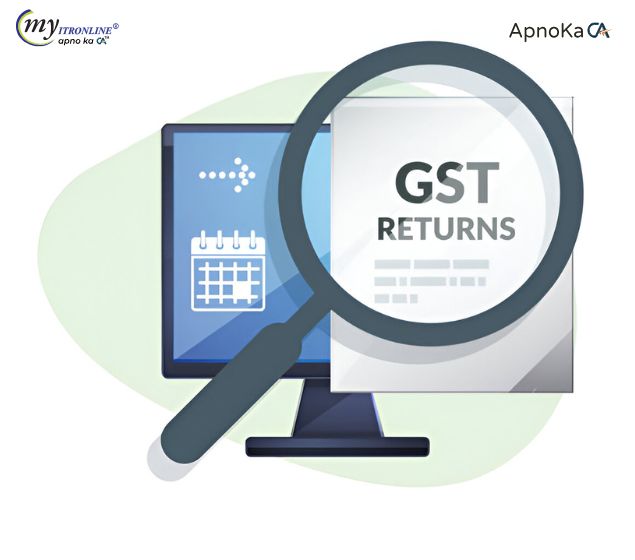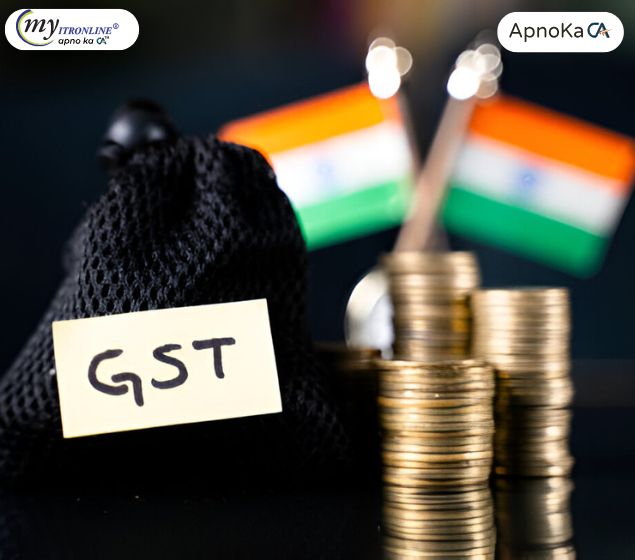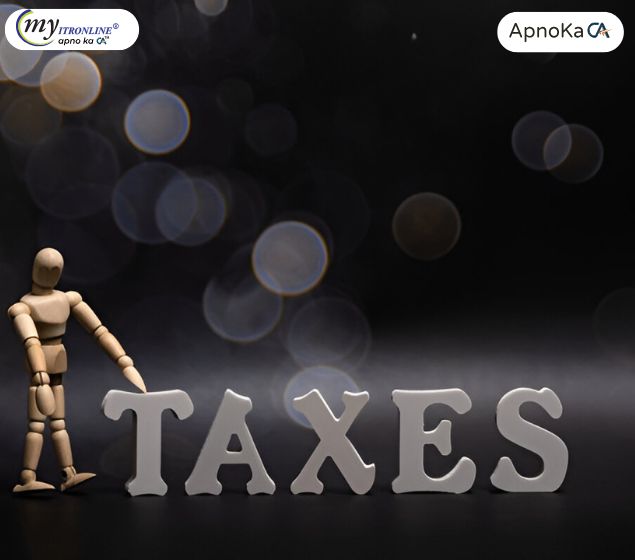# sac
12 posts in `sac` tag
.jpg)
Tax Audit under 44AB: Revised 2025 Essentials
This guide explains the updated Guidance Note on Tax Audit under Section 44AB of the Income-tax Act, 1961, for the Assessment Year 2025-26 (Financial Year 2024-25). It clarifies who needs a tax audit, points out key changes in Form 3CD, including new clauses for digital transactions, MSME reporting, and buybacks. It also outlines the audit process, lists important due dates, and details the penalties for non-compliance. The guide offers best practices for taxpayers to help ensure smooth audits and strong tax compliance in India.
.jpg)
100% Penalty Alert: Complying with Cash Transaction Limits (269SS, 269T, 269ST)
This blog post provides a comprehensive yet easy-to-understand guide to Sections 269SS, 269T, and 269ST of the Indian Income Tax Act. It explains the rules regarding accepting and repaying cash loans/deposits (above ₹20,000) and receiving cash amounts (above ₹2 lakh) for various transactions. The post emphasizes the severe penalties (100% of the amount) for non-compliance, clarifies exemptions, and details how these transactions are reported in Form 3CD during a tax audit. It concludes with practical takeaways for taxpayers to ensure compliance and avoid issues.

Big Changes in Your Tax Report: All You Need to Know About the New Form 26AS (AIS)
This detailed blog explores the significant evolution of Form 26AS into the more comprehensive Annual Information Statement (AIS) and Taxpayer Information Summary (TIS). It breaks down the expanded scope of information, including various high-value financial transactions (SFT/AIR data) like property deals, mutual fund transactions, and cash movements, far beyond traditional TDS/TCS. The post emphasizes why these updates are crucial for enhanced transparency, simplified ITR pre-filling, proactive discrepancy identification, and reduced chances of scrutiny. It also provides clear instructions on how to access the new statements and actionable steps for taxpayers to ensure accurate reporting and compliance.

Major Updates to AOC-4, MGT-7, and Other ROC Annual Filing Forms
This blog post details the significant updates to ROC Annual Filing forms, especially AOC-4 and MGT-7/7A, as part of the MCA V3 portal rollout effective July 14, 2025. It covers changes like integrated web forms, Excel-based data, pre-filled data, and revised submission processes, alongside crucial information on deadlines and penalties to help companies ensure timely and compliant submissions

GSTR-1/1A Table 12: Brace for Impact – Key Updates & Compliance Steps
The GSTN has rolled out crucial Phase-III changes to GSTR-1/1A Table 12, effective from April/May 2025. Key updates include the bifurcation of Table 12 into separate B2B and B2C sections, mandatory HSN/SAC code selection via dropdowns, and the introduction of value validations (initially in warning mode). This summary details these modifications, their impact on taxpayers based on AATO, and essential preparation steps to ensure smooth compliance.

New GSTN Rule: Consolidated B2C HSN Summary Required in GSTR-1
The recent Infosys GSTN update has made it mandatory to include a consolidated HSN (Harmonized System of Nomenclature) summary for all B2C (Business-to-Consumer) transactions in GSTR-1 filing. Earlier applicable mainly to B2B and high-value B2CS invoices, this significant change now requires businesses to classify and report even small B2C sales by HSN code. The update aims to improve transparency, data accuracy, and tax compliance. This blog details the key implications for businesses, steps for reporting the B2C HSN summary in Table 12 of GSTR-1, HSN digit requirements, and best practices to ensure seamless compliance under the new GST regime.

India's New 1% TCS Rule: What Buyers & Sellers of Luxury Goods Over 10 Lakh Must Know
This post details India's new 1% Tax Collected at Source (TCS) regulation, effective April 22, 2025, under Section 206C(1F). It applies to specific luxury goods (watches, art, yachts, etc.) when the sale value exceeds ₹10 lakh. The article explains the TCS mechanism, lists affected items, clarifies calculation, outlines buyer and seller responsibilities, differentiates it from Section 206C(1H), and highlights that the TCS paid is adjustable against the buyer's income tax liability.
.jpg)
Everything You Need to Know About GSTR-1 & IFF for High-Value B2C Sales
This detailed guide covers the reporting obligations for GSTR-1 and IFF regarding B2C interstate transactions that surpass 1,00,000. Discover the essentials of compliance, necessary documentation, and optimal practices for precise GST filing.
.jpg)
Avoid These 10 Costly Errors When Filing Your GST Returns
Businesses must appropriately file GST returns in order to avoid fines and compliance problems. The top ten typical errors committed while completing a GST return are highlighted in this blog, including late filings, mismatched ITC claims, and inaccurate invoice data. Find out how to avoid these mistakes and guarantee smooth GST compliance.

Understanding the Recent Updates to Income Tax Form No. 49C
This blog gives a full summary of the most recent amendments to Income Tax Form No. 49C, including who must file it, the changes made, and how taxpayers may assure compliance with the new requirements.
.jpg)
Everything You Should Know About the New UPI Transaction Regulations Going Into Effect on February 15, 2025
With effect from February 15, 2025, NPCI has implemented new UPI transaction regulations that prioritize automated chargeback processing, fraud avoidance, and expedited settlements. Businesses and consumers would gain from these changes as they increase the efficiency and security of digital transactions.
.jpg)
FORM CSR-2 Deadline Extended: What Businesses Need to Know
The FORM CSR-2 filing date has been extended by the Ministry of Corporate Affairs (MCA) to March 31, 2025. This extension ensures openness and adherence to the Companies Act of 2013 by giving businesses more time to meet CSR reporting requirements. Read our in-depth blog to find out more about FORM CSR-2, its significance, and the effects of this expansion.
